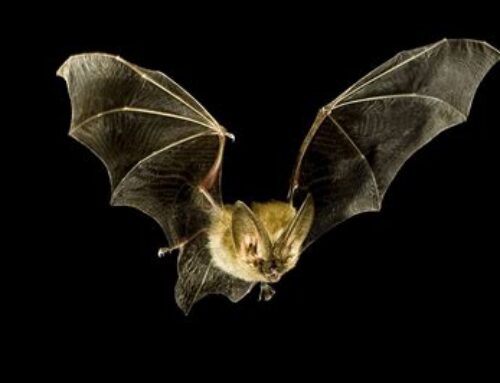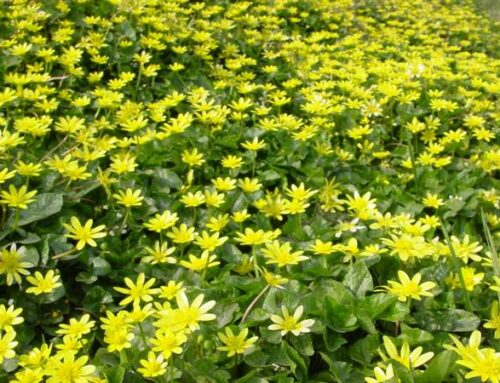A few months ago, Burleys donated pallet boxes which could be used as compost bins to Landport Community Garden, Peacehaven Community Garden, Growing Together, Newhaven Community Garden.
John from a neighbouring Brighton project gives some tips on how to manage those compost heaps, and make brilliant compost to benefit your growing spaces!
Zen and the art of compost maintenance
I like to think of the community compost bin at the West Hill Hall in Brighton as a giant stockpot where we prepare a hearty vegetarian stew for worms, bugs and microbes, who work as a team to digest it into compost.
While bacteria get to work breaking down the raw materials, worms will eat their way through all manner of vegetable matter. They are voracious and generally indiscriminate eaters but like little children, there are a few things that put them off such as acidy fruits (oranges, lemons, tomatoes etc) and strongly flavoured members of the onion and pepper families.
As with any good recipe, you want to achieve a balance. For traditional garden compost, the blend should contain equal amounts of nitrogen-rich green ingredients (plant cuttings, kitchen veg scraps and fruit) and carbon-rich brown ingredients (cardboard, paper, dried leaves and twigs).
When the mix is right, your compost should smell fresh and earthy and will be welcomed by the hungry critters who come to tuck in and digest its energy and goodness.
We have discovered bees and frogs in our compost bins, but visitors from the rodent family are less welcome. Rats and mice like to eat the same things people do, so avoid adding bread, nuts or cooked leftovers that might appeal to them.
There are lots of deciduous trees around the hall – sycamores, mainly – that drop mountains of leaves in the autumn. Dried leaves are full of carbon and break down very slowly. Avoid the temptation to add them to your bin all at once, as they will stifle your compost.
Instead, chop them up, dampen the down and put them in a plastic bin bag or chicken wire leaf pen for a year or two. Mould will take hold and break them down slowly in to a great mulch or soil improver. And any time your compost gets to green and slushy, adding a few handfuls from your leaf mould store can correct the balance.
Particularly during the summer months, you can see the raw materials break down really quickly, reducing the physical volume of waste by 30% or more. This magical process is a fundamental cycle of life on earth – the formation of soil and recycling of nutrients through the food chain.
Even better, you can use the resulting product to feed your plants. But as with all things compost, do so in moderation: fresh compost is strong stuff, so best to use it sparingly or mixed into a mulch with leaf mould rather than applying it directly around the roots of young plants.
Compost dos and don’ts
DO:
· Maintain a blend of green (nitrogen) and brown (carbon) ingredients
· Stir regularly to keep it aerated
· Keep the mixture moist, but not too wet
· Sniff to monitor its health (earthy and fresh – good, strong and sour – bad)
DON’T:
· Put too much of any one ingredient at once, especially dried leaves or grass cuttings
· Add weeds or sickly plants – they can spread within your compost
· Add meat, dairy, bread or cooked leftovers – they can go smelly and attract rats
· Put in acidy citrus fruits or members of the allium family (onion, leek, garlic)
· Apply fresh compost directly to plants – use it as a mulch instead and let your friends, the worms, dig it in for you
John Stokdyk is a trustee of the West Hill Community Association in Brighton, with executive responsibility for its compost bins and leaf mould pen.
Great advice, thanks John. We hope this article inspires many more “compost executives”!
Do you have a skill or interest you would like to share with other gardeners in the Greenhavens area? Perhaps you are a dab hand at pruning, taking cuttings, growing dahlias or weaving plant supports out of willow? We would love to hear from you.








